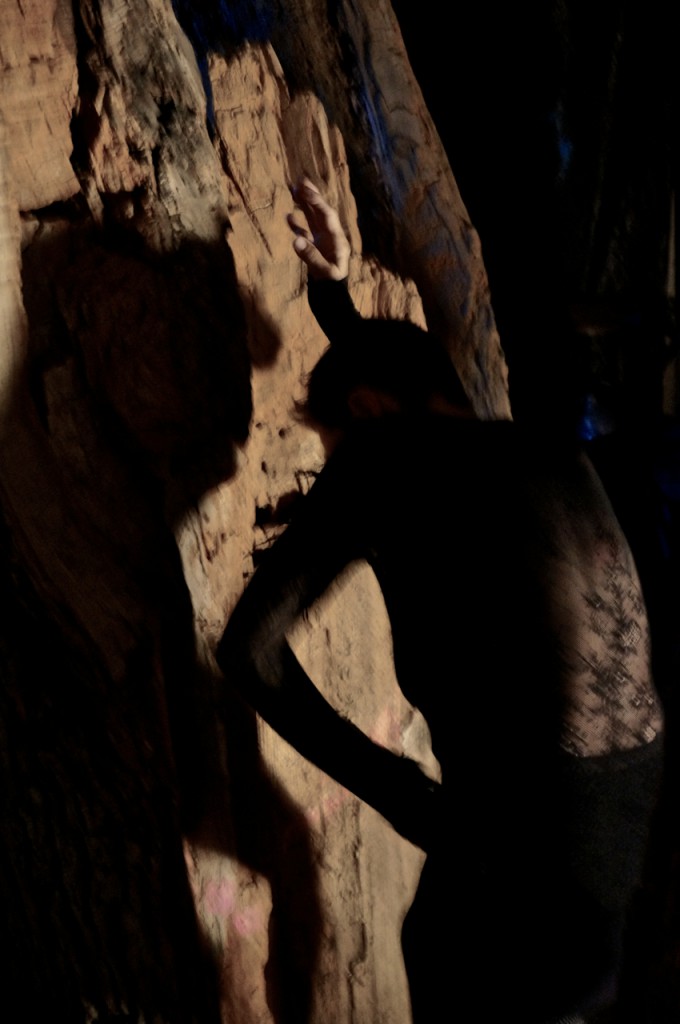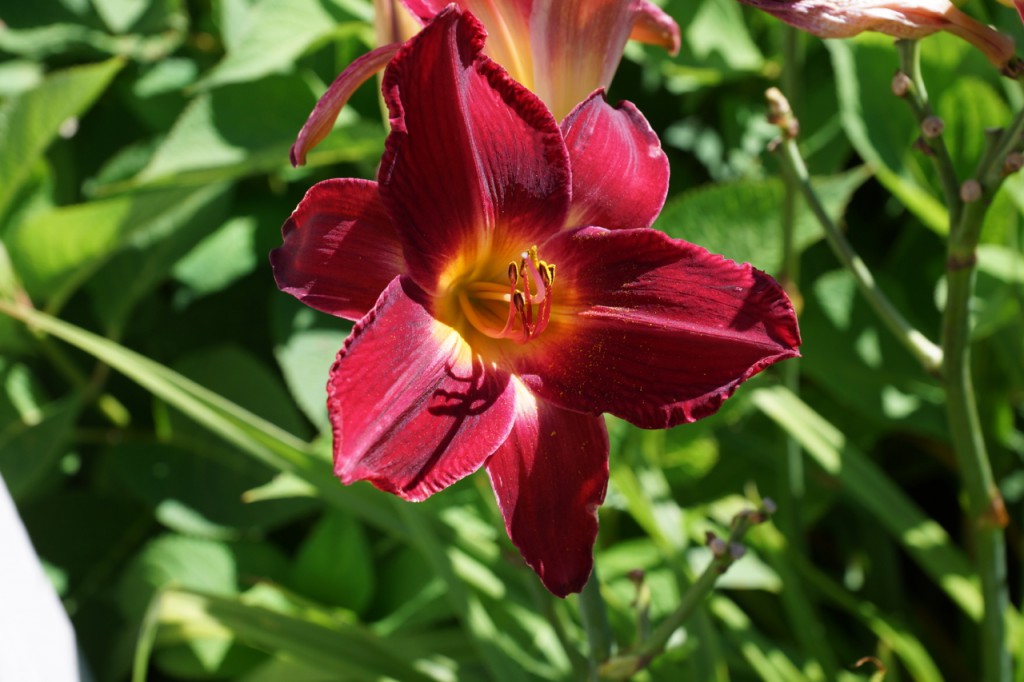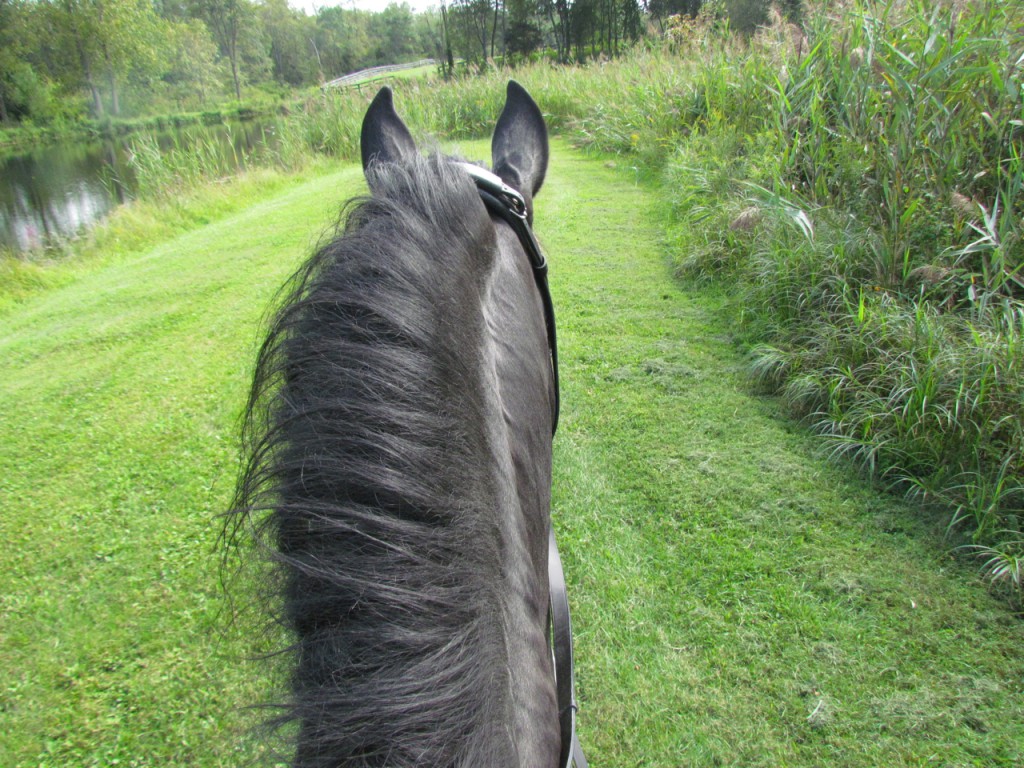 Photo: Pam White
Photo: Pam White
I am so lucky. She has been shooting me for 28 years. We are not close to stopping. Yesterday, we shot nearly 600 frames at the marvelous studios of our friend the sculptor Gillian Jagger.
Today, she wrote me this poem:
This Earth
You were put here on this earth
to drive me nuts. Only that, oh,
and your shadow devouring you in the earthly
last light of day in my film of your movement.
Motion shivers your amazing body, shadows, body, dipping
tangling with yourself in realtime and slow mo.
And me, I can see me in the shake of the camera,
when the great angle is made, when the dove flies
up the wall with your shadow. I can feel your
movement in my aching arms, my ant-bitten ankles
as the camera does its job. In Italian – where we each
live parts of our days – camera means room.
There is room in our hearts for this shake
that is us, this flight on the wall, the light
on your face walking backwards to me.
I have to be so still when I get the great shot, you
have to keep going when you ace the phrase: movement
perfection, body lit. As we work the tangle of our lives
the light reaches its peak and retracts, we go on.



